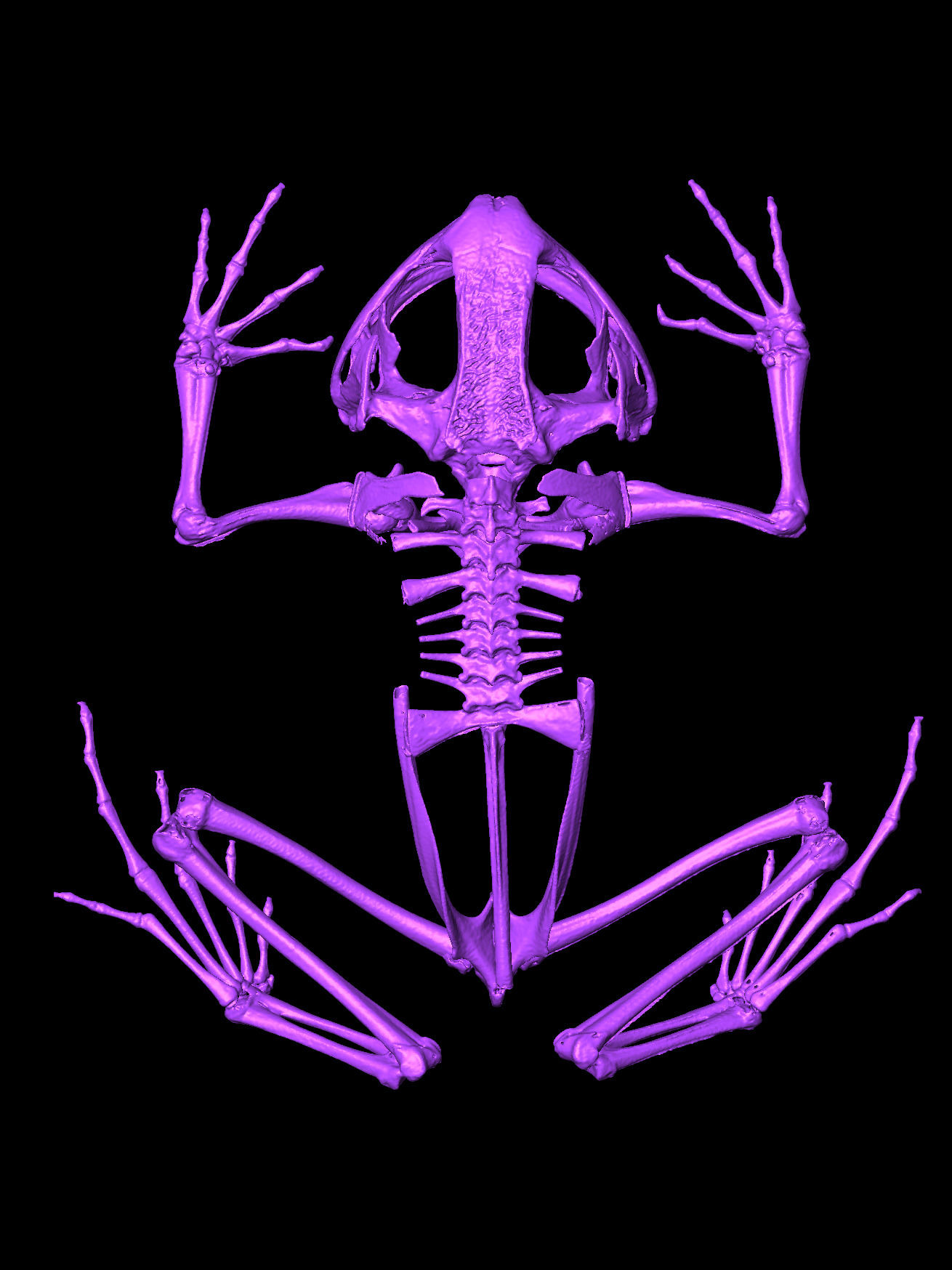How CT Scans Are Being Used to Find Anatomy of Animals
March 25, 2024
The LSU College of Science is welcoming a new CT scanner that will be used to capture high resolution images of preserved amphibians, birds, fishes, mammals, reptiles and even fossils housed in the LSU Museum of Natural Science.
It's similar to a CT scan for humans, but its higher resolution allows people to scan 3D images of small specimens. Natural history museums like LSU's house millions of objects collected from nature and now researchers will be able to use these valuable and non-destructive scans to describe new species and better understand the patterns and processes of biodiversity.

This comes after Dr. Christopher Austin, the Curator of Amphibians and Reptiles, and Dr. Jake Esselstyn, the Curator of Mammals collaborated with a consortium of 18 universities nationwide to create 3D reconstructions of more than 13,000 vertebrate specimens for the openVertebrate project, also known as oVert. The free online database of these scans called MorphoSource has been viewed more than 1 million times with nearly 100,000 downloads.
“Natural history museums have fluid-preserved specimens and those fluid-preserved specimens allow for micro-CT scanning without damaging the specimen," said Austin. "This is a relatively new technique that when I was an undergraduate student 30 years ago, I never thought we would be possible."
The micro-CT scans skeletons in a non-destructive way and researchers said it's an attempt to make natural history information more accessible to other researchers and the public.
"If someone wants to study the morphology of some set of specimens, they have to come here," said Esselstyn. "The oVert project creates digital images of those specimens so that people all over the world can access them without having to get on a plane and come or ask us to pack some up and ship them to them."
The collections are gaining attention in K-12 schools across the globe as students can now use the free platform to look at the anatomy of species all over the world.
"The importance of this Federal grant is expanding the value of natural history collections by leveraging new technologies to advance science, education and biodiversity research," said Austin.
If students are interested in using the CT scanner on campus, they will need specialized training to perform the scan and to analyze the digital images.